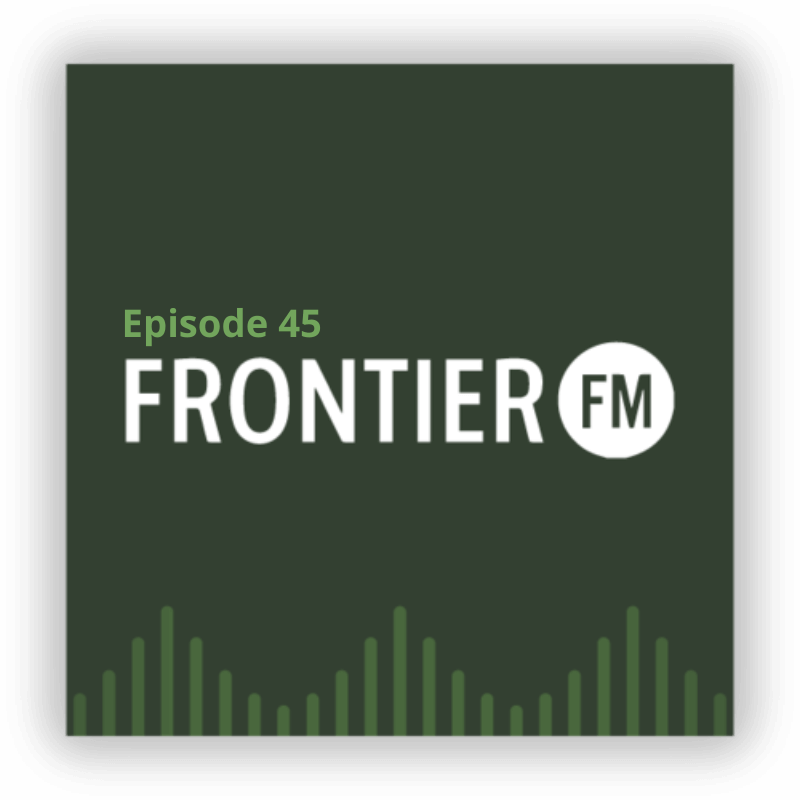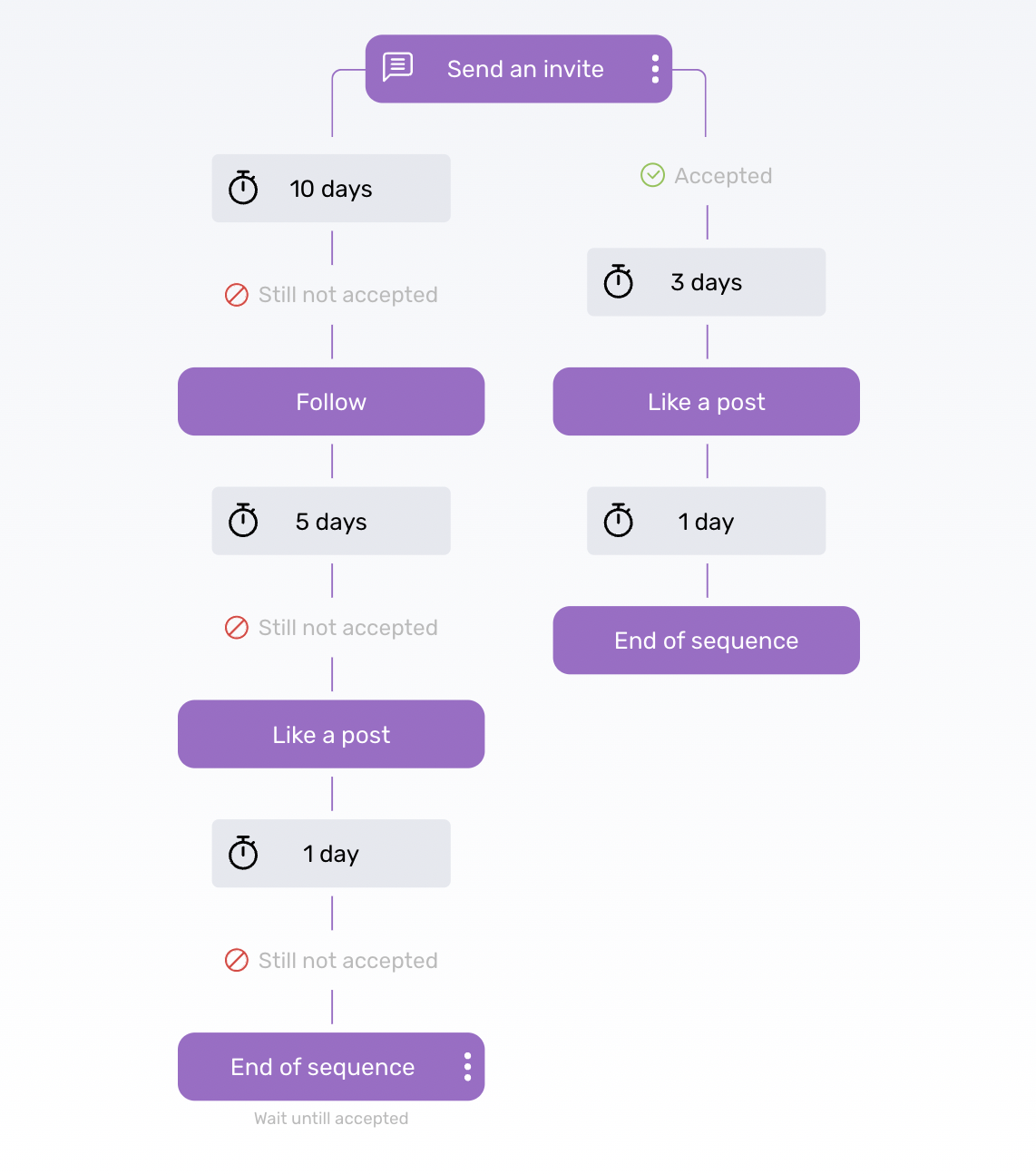Episode 53
With Benjamin Johnson and Brady Josephson
When discussing digital fundraising trends, there’s no better person to do it with than Brady Josephson. Formerly of NextAfter, Brady is now the interim Marketing & Growth Lead at charity: water and provides a wealth of experience from both sides of the charity world. On this episode, Ben and Brady discuss the future of data, technology’s impact on charity culture, and playing Moneyball in the nonprofit sector.
You will want to hear this episode if you are interested in...
Getting to know Brady Josephson, his love of sports, and his NextAfter journey [0:50]
Diving into Brady’s next big chapter and the need for innovation in the fundraising world [10:57]
The effect of tech start-ups on charity culture [15:36]
Donors, data, identity, and the problem of tech debt [18:21]
Moneyball in the charity world and developing intentional fundraising strategies [24:50]
Scaling the transparent charity model [31:56]
How to stay focused and avoid mission drift as a charity [34:02]
Human-centered data
Who are people at their core? The answer to that question is where the next evolution of data can be found. We’ve only scratched the surface of how data can be used in fundraising. It’s easy for an organization to look at the numbers and see that a donor gives $20 every two months, but those numbers tell them nothing about WHY. And that’s important because the why fuels every donor’s generosity. Both Ben and Brady believe the future of data is in mapping identity. Organizations need to know donors better. Getting to know people based on their words, personality, and identity means you understand their motives. Charities would be able to develop better strategies for their resources and more easily identify which donors to pursue. But to get there, it will require a change in the kinds of data we aim to collect and the tech we use in the process. It means shifting away from transactional relationships and infrastructures in pursuit of human-centered data. Not to say that our existing data is bad, but when you know the limits of data, it frees you to pursue even better solutions.
Be intentionally different
The Moneyball strategy is where an organization invests in an undervalued and underutilized part of its market to find success. The Oakland A’s did it in 2002, and whether they meant to or not, charity: water did it in 2006. At a time when nearly every charity was pouring the majority of its resources into major gifts, charity: water was investing in its brand and design. They doubled down on the issues donors truly care about like transparency, which was a huge nonprofit issue at the time and still is to this day. The key takeaway is that charity: water’s goal wasn’t to achieve difference. Being different has to be rooted in something more substantial than not doing what everyone else is doing. It has to be intentional. There has to be a WHY for your charity’s strategy as well. For instance, some charities will start sending text-based emails simply because other organizations don’t. Yet, there is actual science, research, and evidence behind why plain-text emails work. Blindly implementing strategies is a great way to waste donor dollars. Don’t miss the why on the way to being different. Be intentional!
It’s not about the destination
One way that Brady feels charities can improve their implementation of data is through better testing. There are far too many variables that go into why one email outperforms another. Simple A/B testing can’t differentiate. Brady recommends bigger experiments with longer time horizons. He’s been actively experimenting with incremental testing and “hold out groups” where one group will get mail and another won’t over a period of time. The problem with surface-level testing is that it leads to binary strategies where charities make blanket decisions instead of following the data. For example, just because the email with the emoji got more engagement does not mean every email needs an emoji. Strategy isn’t binary. There are no good or bad strategies, just better and worse. Results are just information that points us in the right direction. By convincing ourselves there is only one correct fundraising strategy, we put a ton of unnecessary pressure on ourselves. If we stop chasing the results, we’ll find the best solutions for our organization by trusting the data.
Resources & People Mentioned
Email Frontier FM YOUR fundraising questions at junkmail@frontier.io!
Connect with Brady Josephson
Send Brady an email
Follow Brady on LinkedIn
Follow Brady on Twitter
Check out Brady’s podcast
Connect With Frontier
Follow Benjamin Johnson on LinkedIn
Follow Matt Hussey on LinkedIn
Follow Megan McCaffery on LinkedIn
Website: https://Frontier.io
Frontier on LinkedIn: https://www.linkedin.com/company/frontiermarketingco/
Follow Frontier.FM on
Apple Podcasts, Spotify, Google Podcasts








































